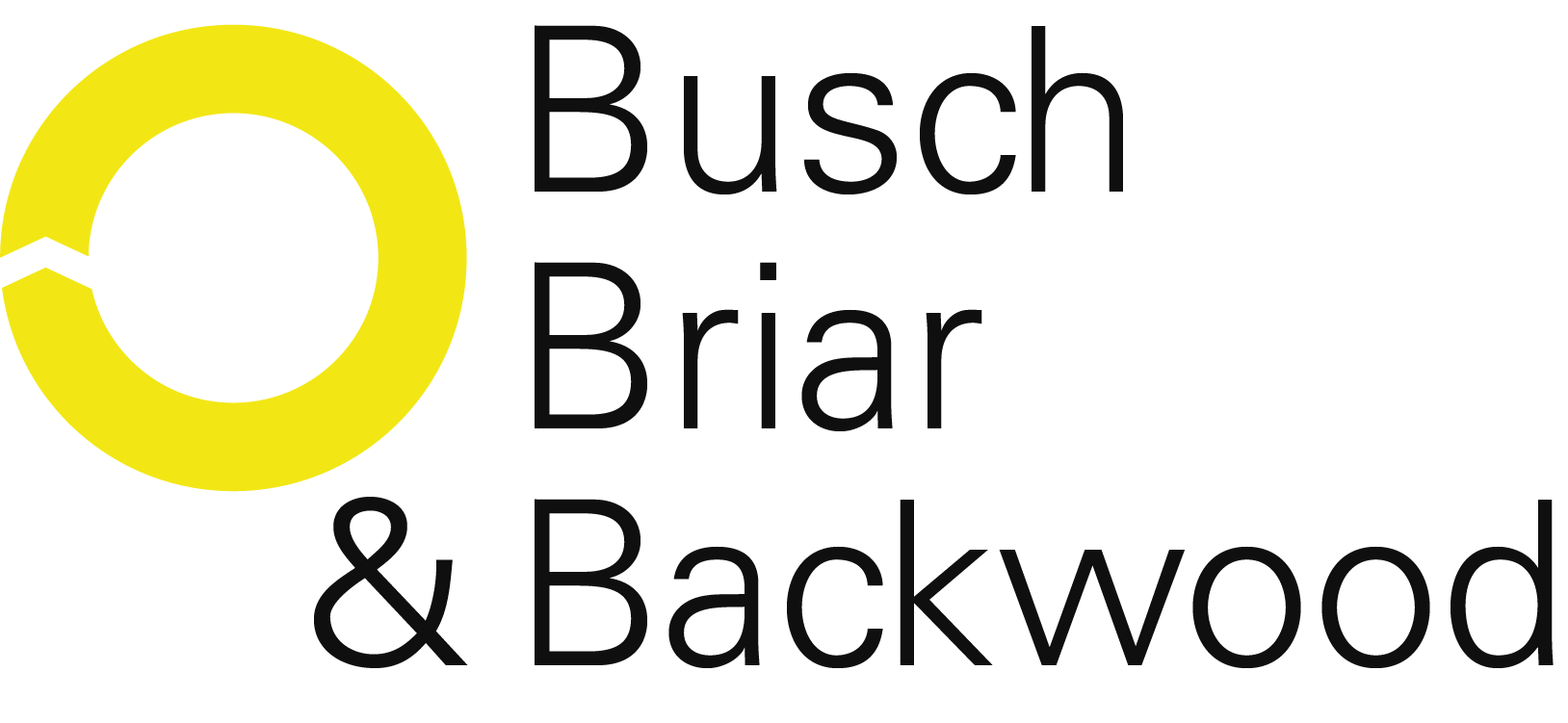
The happy flow. Offering visitors, leads, and customers an intuitive customer journey that matches their expectations and previously unfulfilled needs. Directing them in a straight line to the buy-button. Turning them into brand ambassadors. We are talking about personalized, contextual marketing. Offering the right message (triggered by an up-to-date customer profile), at the right time through their channel of preference. Any marketer’s dream. The start reality, on the other side, is that organizations and their brands are struggling to break down data silos and create 360-degree customer profiles. A precondition for rendering an omnichannel customer experience.
Contextual marketing
Imagine what it could do for your Net Promotor Score (NPS) and your company’s bottom line: giving visitors and customers the feeling that as a brand you are really there for them. No matter where or when. For better or for worse, ’till death do you part.’ In exaggeration, that is what contextual marketing is: making a real connection at each individual touchpoint to drive behavior. Any time, any place, anywhere.
With your branded communication being spot-on at all times. To activate your customers to make a purchase. To register for a VIP event or redeem their vouchers. That is possible when you have insight into the individual behavior of known and unknown people. Customers and leads. Centrally, across all channels and every time you get in contact. Dream on…
Customer experience and behavioral insights
A large number of marketers seem to claim they have very good insight into the customer experience. And, yes, quite a few are making steps in tuning communication messages to the behavior of individual customers. But a reality check tells a different story.
From recent research we conducted in collaboration with the Adfo Group regarding the status of contextual marketing in The Netherlands, it can be concluded that there is still a lot more work to do. Data silos are still commonplace. And a lack of central insights into behavior of individual visitors, leads, and customers is seen as the biggest obstacle to achieve contextual marketing.
The goose that lays the golden egg
Since 1995 and until recently, CRM software was that golden egg. I think that the majority of organizations have some kind of CRM system. These systems yielded great benefits. But the question is who benefited most. Organizations that work with the technology? Or the vendors and implementation partners that sold en implemented it?
No doubt that CRM software comes with strong features. But obtaining behavioral data from other data sources is not one of them. So, that left a gap for marketing automation software. Technology you might qualify as the genetically modified goose that lays the golden egg. Many organizations I have visited and worked with already have it in operation. Or are considering it as their next move. But despite all the promising sales pitches about integrated software or cloud suites, the conclusion is these suites are in fact a collection of applications that were carefully purchased over the past decade. Therefore, it may not come as a surprise that below the surface’ these suites still require a lot of connections between individual applications and ‘data stitching’. As behind the scenes, you still may find multiple databases. Where meaninful marketing intelligence may pose a challenge as well.
In a nutshell: a comprehensive super solution a.k.a. suite, your goose that lays the golden eggs, does not exist.
Best of breed
The existential question a marketer should ask himself is: Is there a single solution that can make my dreams come true? Something to bear in mind is that most applications used were once developed to serve a specific purpose. E.g. score and nurture leads, manage content, send out emails, or sell products. Anticipating market trends – marketers who want to communicate omnichannel in a more personalized and relevant manner – all these tech vendors have started to add other functional domains to their core product. But herein lies the problem: they are very good in their original form, but less so in those new functional domains.
Therefore, I am a strong believer of a ‘best of breed’. An environment within which you connect systems and databases in a smart manner. And allow them to do what they are best at. To create such an environment, you need a central hub: a Customer Data Platform or CDP.
CDP: The conductor of your marketing orchestra
A CDP is a kind of Jaap van Zweden, today’s New York Philharmonic music director. A conductor that brings together all the instrument sections (channels) and encourages the orchestra (marketing mix) to achieve new heights. Someone who, with his baton (algorithms & profiles), ensures musicians in his orchestra strike the right chord, blow in harmony and hit the right note.
A CDP connects with any system or data source and ensures that it retrieves all (behavioral) data relevant to Marketing from these systems. Systems like your CRM, marketing automation, ERP, cash register, email, in-app, social media, eDM and so on. A CDP turns it into a central customer profile at an individual level. Enhanced through algorithms calculating actual customer insights, it enriches client database profiles with actual properties every day. The CDP then returns the relevant, up-to-date data back to the original sources, making them more powerful and effective.
Benefits of a CDP
A CDP enables a ‘best of breed’ environment, that allows for omnichannel, personalized marketing and communication. It comes with a number of significant benefits:
- You get a central, powerful marketing profile for individualized, omnichannel (or better: contextual) marketing.
- It offers complete 360° behavioral analyses using data visualization tools. Thus offering insights into behavior and preferred channels over time. At a total customer base, persona or individual level.
- Through a standardized set of business rules, it validates peoples’ behavior, always sends customers into the right bucket. And automatically includes them in relevant campaigns or correct event-driven communication program.
- It leverages the power of your existing systems without having to compromise on quality in individual functional domains.
- And it supports you to focus your marketing and communication efforts on the most valuable customers.
CDP is your angel in disguise
No more nightmares. No more dreaming. Instead, it’s time to get going if you want better results and that true omnichannel customer experience. Without a CDP there is no happy flow.
